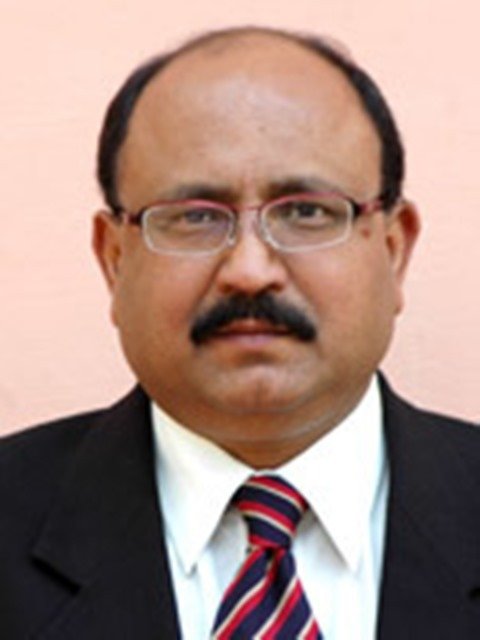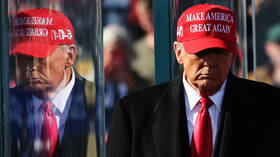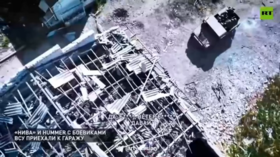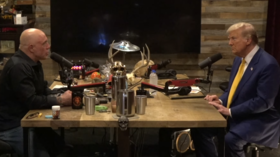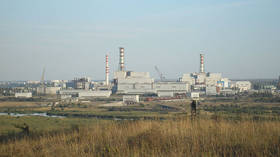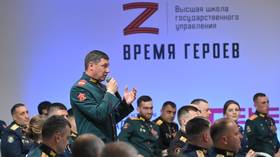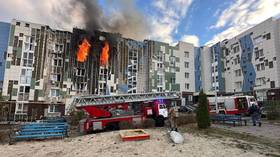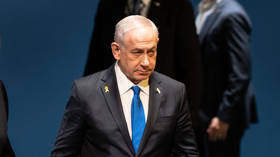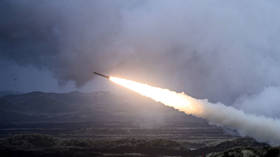Russia-India reconnect: Making a new beginning
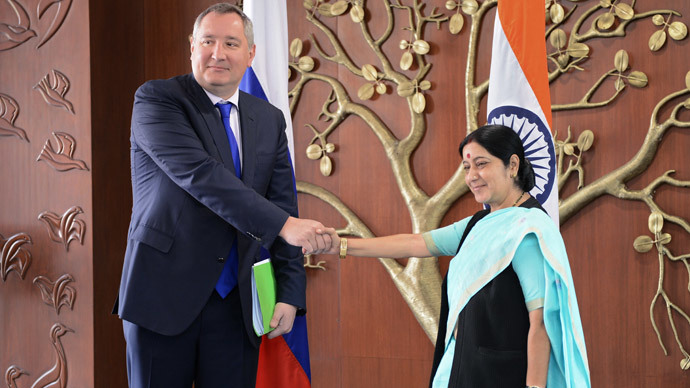
Russia and India have established a reconnect with each other at a time when a new government has taken charge in New Delhi.
But then these are very testing times, when the hurly-burly of a rapidly changing international scenario has prompted both sides to get cozy with countries that the other side finds a big no-no. Economic diplomacy is shaping power diplomacy like never before.
A high-level meeting between India and Russia in these circumstances, therefore, is a significant, very significant part of a continuing process. The visit to India by Russian Deputy Prime Minister Dmitry Rogozin (June 18-19) was a mixed bag of hits and misses, pluses and minuses, and rosebuds and thornlets.
It was also a visit during which the two sides heard each other patiently about their concerns and assured each other neither side will do anything to derail their tried, tested and trusted close friendship of over four decades.
Here is how
Rogozin had a candid, marathon meeting with Indian External Affairs Minister Sushma Swaraj on a wide gamut of bilateral, regional and international issues of mutual interest. How substantive and intense the Rogozin-Swaraj talks were can be deciphered by the fact that these went on for four hours.
After all, just 10 days before Rogozin flew in to New Delhi, Chinese Foreign Minister Wang Yi too had had four-hour-long “substantive” talks with Swaraj. Though Wang pipped Rogozin to the post in becoming the first foreign leader to establish direct contact with the new Indian government led by Prime Minister Narendra Modi, the warmth with which Rogozin was received by the Indian leadership demonstrated Russia’s clout with India.
Indian foreign office spokesman Syed Akbaruddin summed up the main flavor of the Rogozin-Swaraj talks thus: “As you are aware, India and Russia have built a sound relationship befitting a strategic and privileged partnership between them. And the two ministers reaffirmed their attention to develop and strengthen this strategic partnership.”
Main talking points
It is a common belief that the health of the relationship between two countries is indicated by the level of bilateral trade, though China-Japan relations are a prominent exception to this unwritten, unspoken benchmark as political ties between Beijing and Tokyo are frigid but their annual bilateral trade is booming at $340 billion.
In comparison, India-Russia trade is peanuts – just $10 billion, of which approximately $6.5 billion is Russian exports to India and $3.5 billion is Indian exports to Russia. Obviously the two sides devoted lot of time on this sorry aspect of their bilateral relations, as considering their close political relations and immense potential, the actual figure should be many times greater.
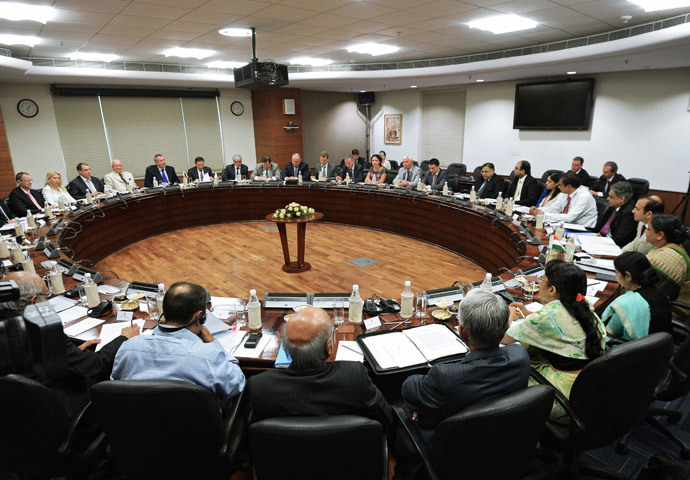
Rogozin and his Indian interlocutors are seeking to rectify this situation in two ways: ensuring that the private sectors of the two countries get as much involved in trade and investment as the two governments are; and by increasing and diversifying the areas of cooperation.
On the former, the two governments have been trying hard and encouraging their private sectors to intensify cooperation for years, but not with much success.
On the latter, forward-looking steps were taken. Rogozin, who visited India along with leading experts and senior level officials from the Russian space, nuclear, energy, economic, trade, and defense organizations, laid a laser beam focus on improving the untapped potential between the two countries in terms of our economic and commercial engagement.
There are a lot of complementarities between the two sides and they rightly stressed on increasing cooperation in areas such as hydrocarbons, nuclear energy, pharmaceuticals, fertilizers, diamonds, coking coal and infrastructure development.
The two sides decided that a joint study group would discuss the feasibility of a free trade agreement between India and the Customs Union of Russia, Belarus and Kazakhstan. Formalities for these are now under way in all the countries, and a formal announcement on the constitution of this joint study group should be made at the earliest possible opportunity, a spokesman for the Ministry of External Affairs said.
In another development, India is going to have an India trade show in Moscow in September. The Indo-Russian CEOs Council, set up last year, is to work more intensively to make suggestions for invigorating trade and investment ties. Since India sees Russia as a key partner for our energy security, Rogozin had a detailed discussion with his Indian interlocutors on possibilities of cooperation in the hydrocarbons sector as well as other areas of energy cooperation.
Red rags
However, the two sides also had some candid discussions on contentious issues as well.
Since Russia accounts for about 60 percent of Indian defense imports – this figure is steadily decreasing; not too long ago it was over 80 percent – a detailed discussion on defense matters was inevitable.
However, the Indian side, piqued by reports of Russia selling Mi-35 helicopters to Pakistan, made it clear to Rogozin that it cannot be business as usual till Russia drops the idea in view of India’s legitimate concerns and apprehensions.
The Russian response in this regard is not known.
At the same time, Rogozin and Swaraj decided to intensify contacts and worked out a schedule of bilateral meetings for senior level interactions for the rest of the year. These include the meeting of the India-Russia Intergovernmental Commission that will be held a little later, followed by the annual summit where President Vladimir Putin is to visit India later during the year.

From the Russian perspective, the familiar red rag was the “titanium project.” Rogozin asked Swaraj to help ensure that Russia gets back its funds in a failed $330 million joint venture project with Kolkata-based Saraf Industries for the production of titanium in Odisha.
On this important issue of Russian concern, the two sides Rogozin and Swaraj agreed to set up a separate working group, aptly named the Working Group on Complex Issues, to be led by their deputies to prepare a roadmap for early resolution of not only this issue but also telecom-related issues.
Rogozin meets Modi
Rogozin also met Prime Minister Narendra Modi on June 19 to convey President Putin's greetings to the Prime Minister and his desire to work with Modi to further strengthen and deepen the special and privileged strategic partnership between India and Russia. At this meeting, Modi described Russia as a time-tested and reliable friend that had stood with India in difficult times and a major partner in building India's defense capabilities, for which Russia enjoys enormous goodwill in India.
Modi expressed his intention to take the relationship to a higher level. He also recalled his recent visit to INS Vikramaditya on June 14 and thanked Rogozin for the Russian contribution to the realization of a major milestone in India's naval capabilities. He looked forward to a productive, substantive and forward looking summit with President Putin.
Rogozin’s India visit can be summed up in one sentence: It was a good attempt by two old friends to reconnect with each other in the rapidly changing times and put their relationship into the next gear, but there is a bumpy road ahead for them.
The statements, views and opinions expressed in this column are solely those of the author and do not necessarily represent those of RT.
